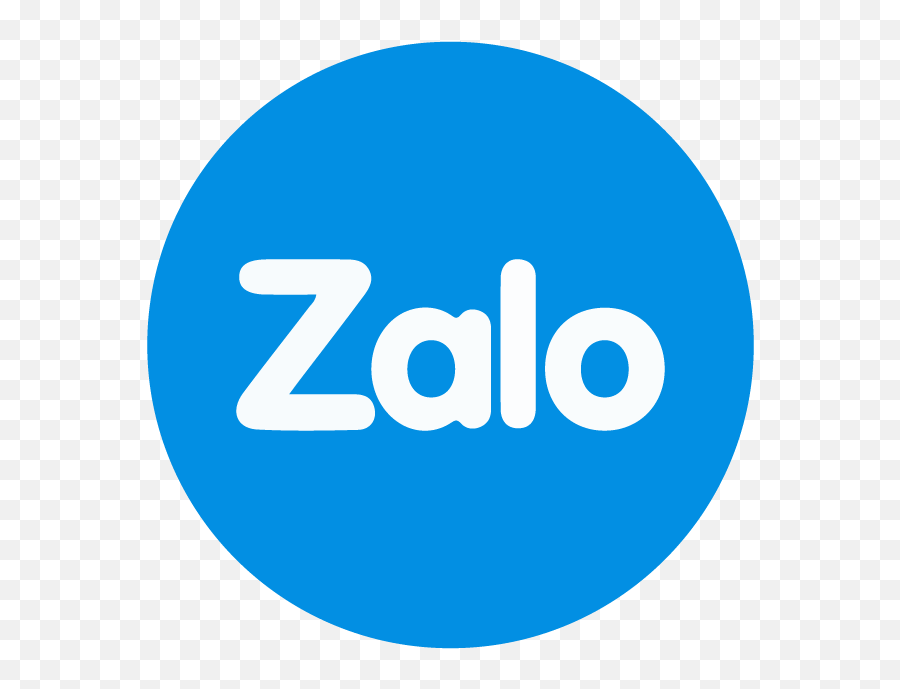Building upon the foundational insights presented in Unveiling Mythology in Modern Games: From Thunder Gods to «Le Zeus», this article explores how mythological themes have transcended traditional storytelling and become integral to player-driven universes. As mythological narratives evolve from static lore into dynamic, interactive worlds, they foster personal connections and cultural exchanges that redefine the gaming landscape.
1. Introduction: The Continued Evolution of Mythology in Gaming
Mythology has historically served as a bedrock for storytelling, offering archetypes, moral lessons, and cultural identities. Modern games, however, have transformed mythological elements from mere references into immersive experiences that actively shape gameplay and narrative. This transition marks a new era where players are no longer passive recipients but active creators of mythic worlds.
As digital technology advances, mythological motifs now underpin complex game mechanics, fostering personal myth-making and cultural dialogue. The journey from mythic legends like Thor or Zeus to expansive player universes demonstrates the versatility and enduring relevance of myth in contemporary gaming.
Table of Contents
- From Mythos to Mechanics: Embedding Mythology into Game Design
- Player Agency and Mythology: Creating Personal Mythic Narratives
- Mythology as a Cultural Lens: Reflecting Contemporary Values and Diversity
- Technological Innovations and Mythic Immersion
- Beyond Gaming: Mythology’s Role in Transmedia and Fan Engagement
- Returning to Foundations: Connecting Player Universes with Traditional Mythology
2. From Mythos to Mechanics: Embedding Mythology into Game Design
Ancient myths have profoundly influenced game narratives and character archetypes, providing a rich tapestry of symbols and stories that resonate across cultures. For instance, the character of Kratos in the God of War series draws directly from Greek mythology, yet the game reinterprets these myths through a modern lens, blending mythic themes with intense gameplay.
Designers incorporate mythological symbolism into gameplay mechanics to deepen immersion. The use of sacred artifacts, divine powers, and mythic monsters creates a world where myth functions as both narrative and interactive element. For example, the integration of Norse runes in Hellblade: Senua’s Sacrifice enhances storytelling through authentic mythic symbolism, enriching player engagement.
A notable case is Hades, which employs Greek myth as a structural backbone, allowing players to explore mythic underworlds while experiencing innovative mechanics like death-rebirth cycles. Such approaches exemplify how mythological narratives are embedded into core gameplay, transforming static stories into living worlds.
3. Player Agency and Mythology: Creating Personal Mythic Narratives
The evolution from passive storytelling to interactive myth creation signifies a paradigm shift in gaming. Titles like The Witcher 3 and Dark Souls exemplify this trend, where player choices influence the unfolding of mythic worlds, shaping destinies and mythic arcs based on individual actions.
Multiplayer and community-driven platforms further amplify this effect. In World of Warcraft, players forge their own mythic stories through guilds, raids, and collaborative quests, contributing to an ever-expanding mythos that reflects collective player creativity. These player-driven narratives foster a sense of ownership and personal mythmaking that transcends fixed lore.
“Player agency transforms myth from a static story into a living, breathing universe shaped by individual and communal choices.”
4. Mythology as a Cultural Lens: Reflecting Contemporary Values and Diversity
Modern games reinterpret traditional myths through diverse cultural lenses, promoting inclusivity and broadening representation. For example, Okami uses Japanese folklore and Shinto symbolism to create a uniquely Asian mythic aesthetic, fostering cultural appreciation.
The inclusion of non-Western mythologies, such as African, Indigenous American, and Southeast Asian stories, enriches the global mythic tapestry. Titles like Aztec Empire and Never Alone highlight indigenous narratives, fostering cross-cultural understanding.
Furthermore, player-driven storytelling enables diverse voices to reinterpret myths, leading to a dynamic exchange of cultural values. As Hades integrates Greek myth with contemporary themes, it exemplifies how myth can serve as a mirror for current societal issues, fostering dialogue and empathy.
5. Technological Innovations and Mythic Immersion
Emerging technologies such as AI, VR, and AR significantly deepen mythological immersion. Virtual reality experiences like Valhalla VR allow players to step into mythic worlds, interacting with gods, monsters, and legends in unprecedented ways.
Artificial intelligence enables dynamic mythic worlds that adapt based on player behavior, creating personalized mythologies that evolve in real-time. For instance, AI-driven NPCs in No Man’s Sky generate universe mythologies that differ for each player, fostering a sense of unique mythic creation.
However, representing sensitive mythological content with these technologies raises ethical questions. Developers must navigate cultural appropriation, accurate representation, and respect for sacred symbols, ensuring that technological innovation enhances rather than diminishes mythic integrity.
6. Beyond Gaming: Mythology’s Role in Transmedia and Fan Engagement
Mythic universes extend into comics, movies, and merchandise, creating transmedia ecosystems that reinforce and expand mythic narratives. The Marvel Cinematic Universe, for example, reinterprets Norse and Greek myths through a contemporary lens, engaging diverse audiences.
Fan-created content—such as mods, fan fiction, and art—plays a vital role in mythic evolution. These contributions often introduce novel interpretations, ensuring that mythic stories remain vibrant and adaptable.
The interaction between game lore and broader mythic storytelling ecosystems fosters a collaborative cultural space where players and creators co-shape mythic narratives, ensuring their relevance and vitality across media platforms.
7. Returning to Foundations: Connecting Player Universes with Traditional Mythology
Contemporary mythic games strive to honor and reinterpret ancient myths responsibly. Titles like God of War and Assassin’s Creed Odyssey incorporate authentic mythological elements while innovating within storytelling and gameplay, ensuring respect for original narratives.
Preserving mythic integrity involves careful research and cultural sensitivity, especially when representing sacred symbols or stories. This balance between innovation and respect is crucial for maintaining the depth and authenticity of mythic worlds.
Looking ahead, player-driven worlds hold the potential to generate entirely new mythologies rooted in collective creativity. As digital communities grow, they may give rise to emergent mythic systems that reflect contemporary values and universal themes, ensuring that mythology remains a living, evolving phenomenon.





